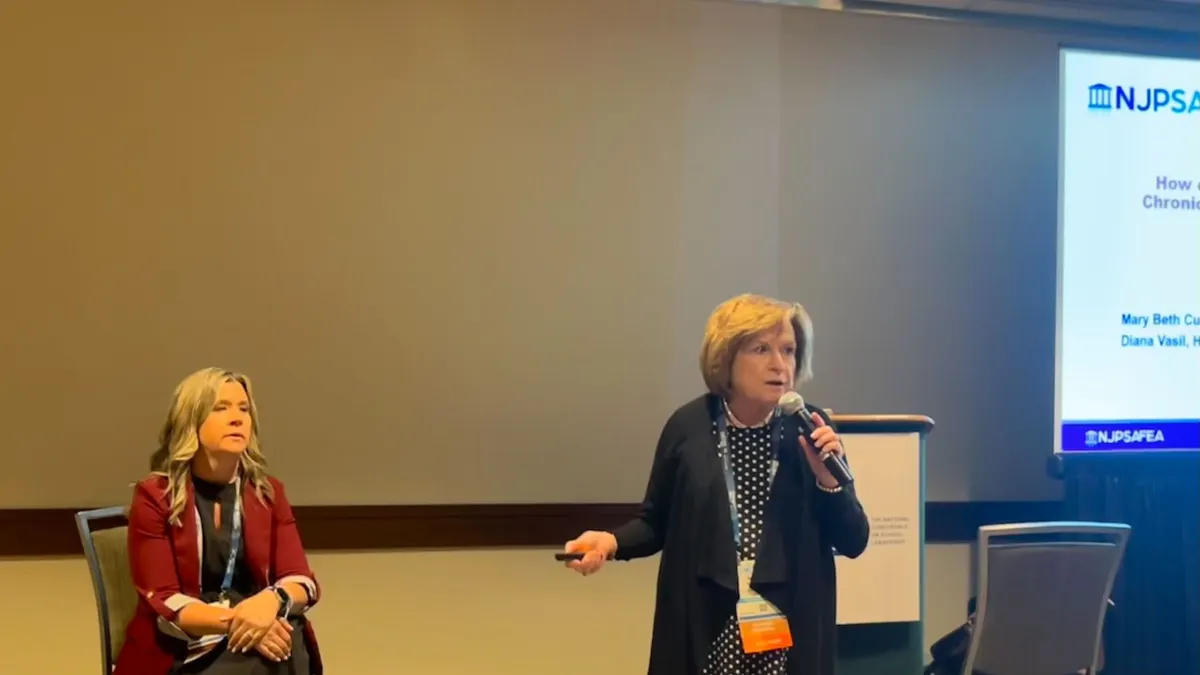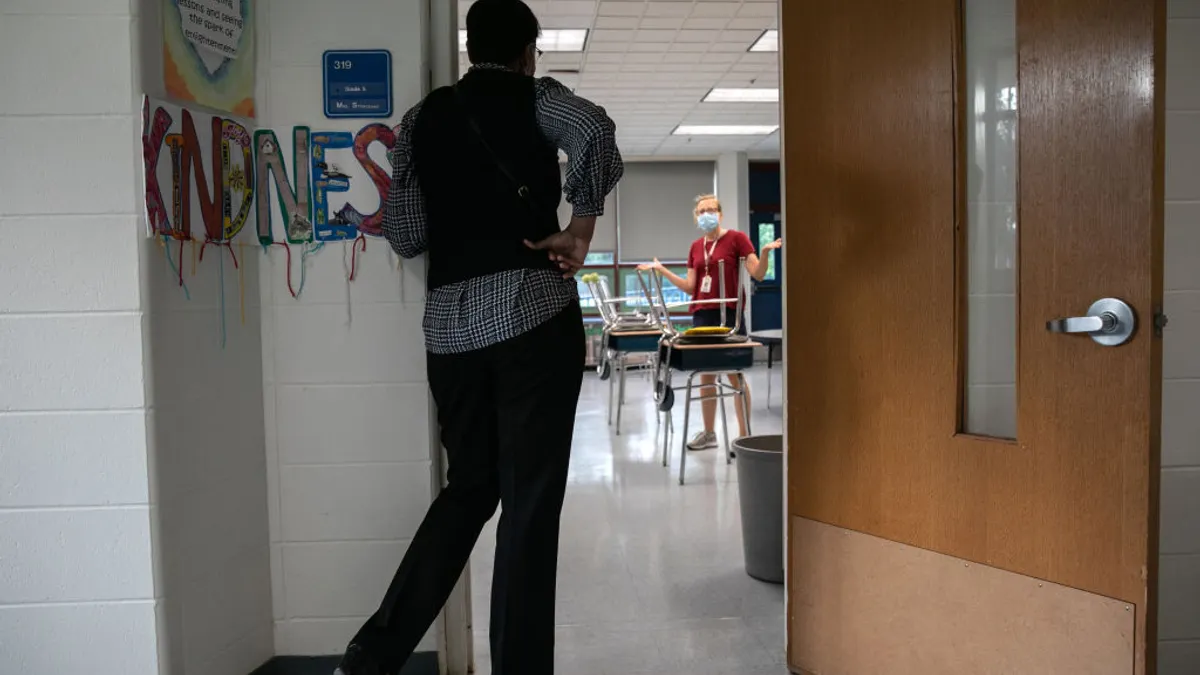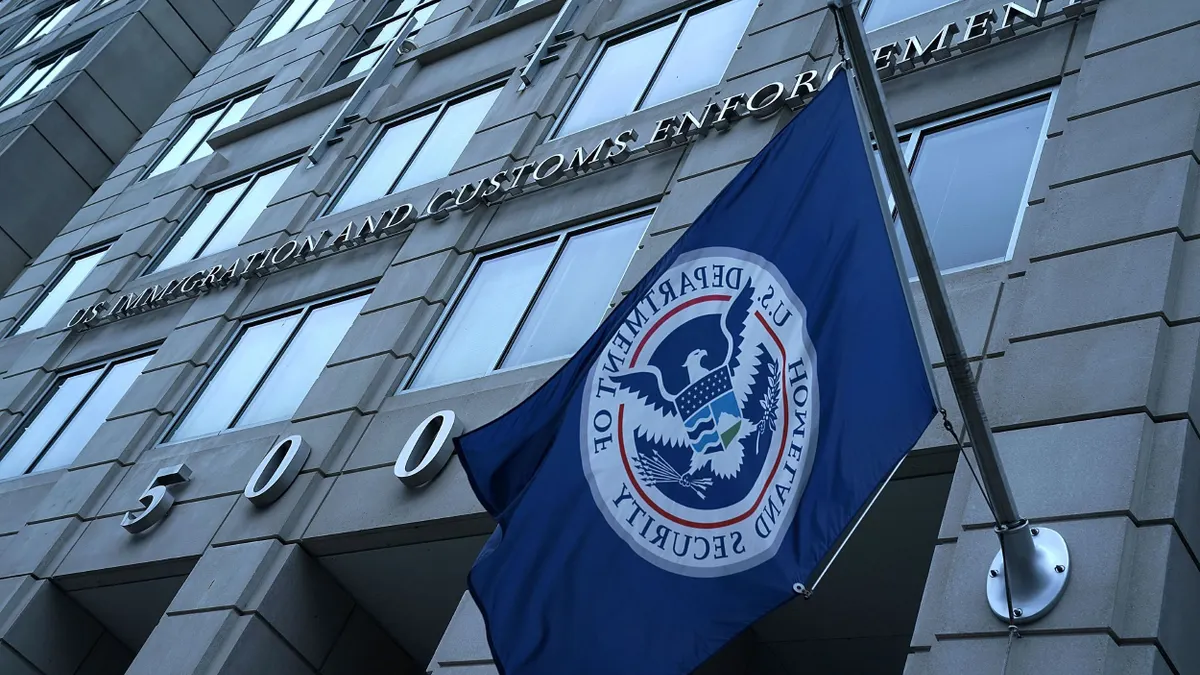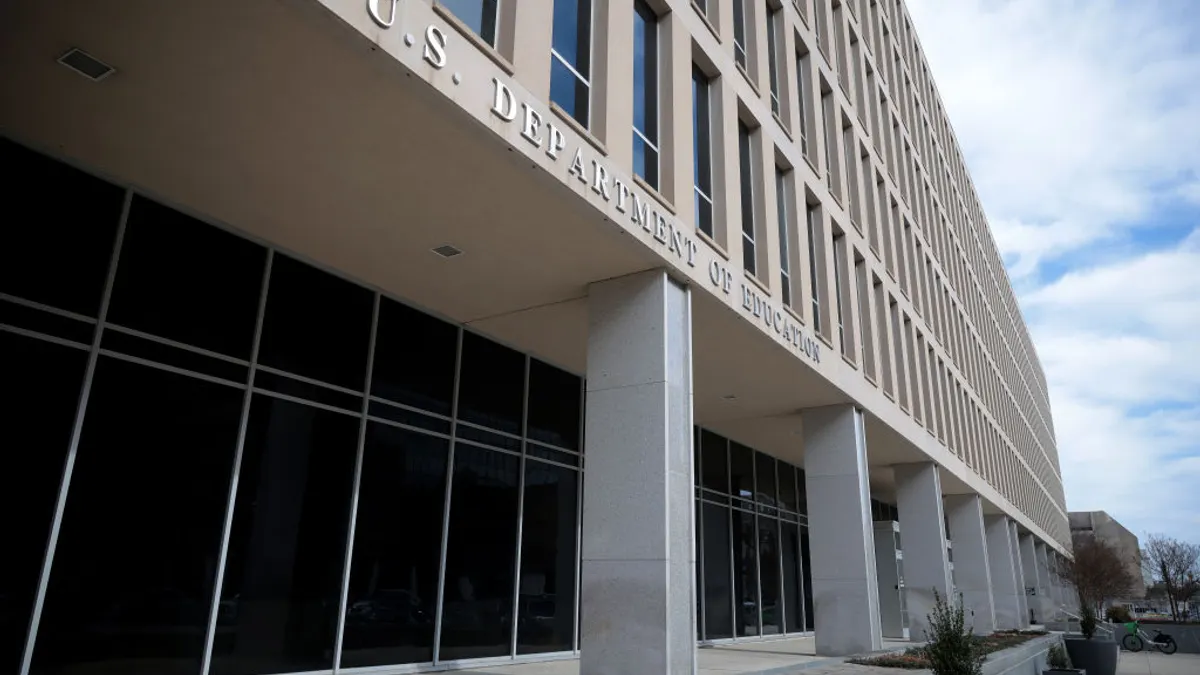SEATTLE — For almost a decade, Hamilton Township Public Schools in New Jersey has seen major gains in chronic absenteeism — despite the bumps that came with the COVID-19 pandemic.
During the 2016-17 school year, 21 of the district’s 23 schools exceeded the state’s average chronic absenteeism rates, said Mary Beth Currie, coordinator of special projects at the New Jersey Principals and Supervisors Association.
With the help of a grant-funded initiative at the association’s Foundation for Educational Administration, Hamilton Township Public Schools eventually changed course. As of June 2025, only two of its 23 schools surpass the statewide average for chronic absenteeism, Currie said.
Currie and Kisthardt Elementary School Principal Diana Vasil shared how the FEA’s partnership with Hamilton Township Public Schools contributed to a long-term drop in chronic absenteeism rates during a Friday session at UNITED, the National Conference on School Leadership in Seattle.
A team-based approach to boosting attendance
In 2018, FEA received a $10,000 grant from the Princeton Area Community Foundation to create a plan to combat chronic absenteeism in the district, Currie said. Later on that year, FEA received an additional five-year $30,000 grant from the foundation to carry out the plan across all 23 schools at Hamilton Township.
FEA hired coaches to meet monthly with every school to help address their chronic absenteeism rates, Currie said. FEA trained the coaches beforehand on best practices in English language arts and math, legal knowledge on attendance, climate and culture, and data analysis, she added.
Then, FEA helped each school identify members for their own “Be There Team,” a group focused on school climate and attendance. The teams often included school leaders, nurses, counselors and teachers, Currie said. The FEA coaches met with these teams to identify student target groups and develop action plans based on Attendance Works’ tiered approach for combatting chronic absenteeism.
During the first school year of the program’s implementation in 2018-19, Currie said, attendance soared while chronic absenteeism fell significantly. That trend continued into the first semester of the 2019-20 school year until the COVID-19 pandemic began in March 2020. Once the pandemic hit, FEA modified its plan and shifted all of its meetings to be virtual gatherings with coaches and central office administrators.
When students returned to in-person classes in 2021-22, attendance dropped in line with national trends, Currie said. But as the in-person coaching and team meetings picked back up, attendance began to rebound again in 2023-24 as did the district’s climate and culture, she added.
In fact the district’s chronic absenteeism rate fell by 3.9% between the 2021-22 and 2023-24 school years — a decline from 18.4% to 15.2%, said Vasil. RAND Corp. and the Center on Reinventing Public Education estimated that 19% of students were chronically absent nationwide during the 2023-24 school year.
One elementary school’s approach
Vasil, who was principal at Sayen Elementary School from 2019 to 2025, said her previous school’s Be There Team was already established before she was hired into the role.
As Vasil’s team explored how to address the school’s chronic absenteeism rates, she said, it was important to remember that fixing attendance isn’t just about getting students in the door. “It’s getting them to want to come tomorrow.”
To better understand the root of the school’s attendance problem, Vasil's team did a deep dive scoring their school’s climate using a rubric and found there was a lot of work needed to improve school culture. In 2019-20, the team identified three areas they needed to address: the school’s mission statement, its social-emotional learning programs and professional norms for staff, she said.
Vasil said that the team was able to meet their goals during the pandemic by revisiting and tightening the school’s mission statement, consolidating the school’s many scattered SEL programs, and establishing a set of professional norms for staff meetings to ensure everyone has a voice.
As the team worked toward improving the school’s climate, parents talked to the school about what they wanted in the mission statement. Teachers established their own norms in meetings, and students shared what SEL programs and activities they liked, Vasil said.
Because of this work, Vasil said, the school saw a more positive climate and culture, especially after the pandemic, which was a key factor for boosting attendance. She added that another contributor to the school’s success in tackling chronic absenteeism was the school’s ability to monitor student attendance over time and by grade level. The FEA coaches, community partnerships and improved communication with families also helped, she said.
Sayen Elementary saw its chronic absenteeism rates jump from 7.2% to 15.1% between 2018-19 and 2022-23 as a result of the pandemic, Vasil said. By the 2024-25 school year, however, that figure dropped below prepandemic levels to 6.2%.
“Everyone that’s involved in our school community, they all had a voice,” in helping address issues of school culture and ultimately chronic absenteeism, Vasil said.



















